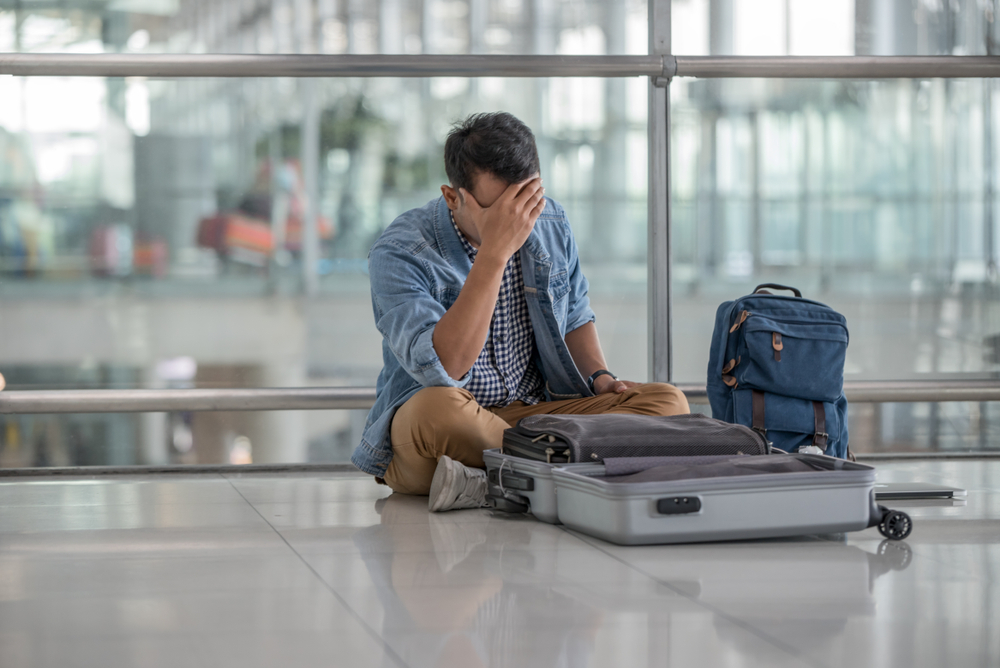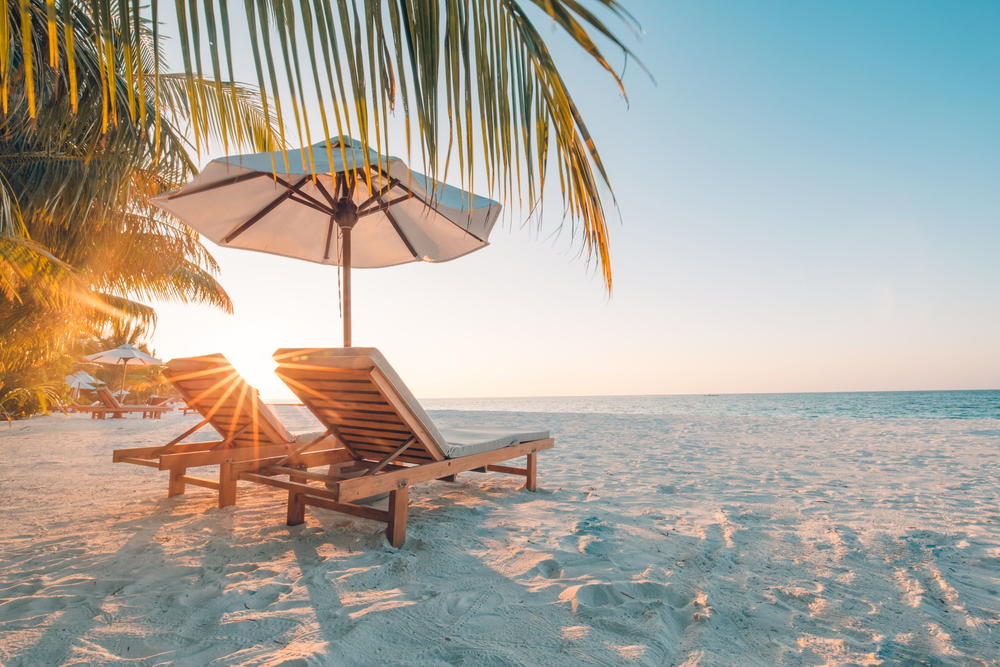A long summer road trip is a great way to explore and enjoy the warm weather. However, sitting in the car for long periods can cause joint stiffness and poor circulation. Here are a few tips for staying comfortable on the road.
1. Plan your stops. Before you hit the road, plan rest stops at various points of interest. This will allow you to take a short walk and stretch your legs while enjoying new sights.
2. Drink plenty of water. People often drink as little water as possible to avoid pit stops. However, this increases your chances of becoming dehydrated. When dehydrated, your body stores energy by decreasing blood circulation. Make sure to sip on water regularly.
3. Perform simple exercises. If your legs start to feel achy and pulling over isn’t an option, flex your feet, wiggle your legs, or do some sitting calf raises to encourage healthy blood flow and prevent blood clots.
4. Wear loose-fitting clothes. Tight-fitting clothes like skinny jeans and leggings can restrict blood flow to your legs. It’s best to wear loose-fitting, comfortable clothing while on the road for several hours.
5. Invest in compression garments. Purchase medical-grade compression garments, like socks or stockings, to assist with circulation while sitting. Talk to your doctor about medication options if you’re at risk for blood clots.
Stay safe and enjoy yourself this summer!



